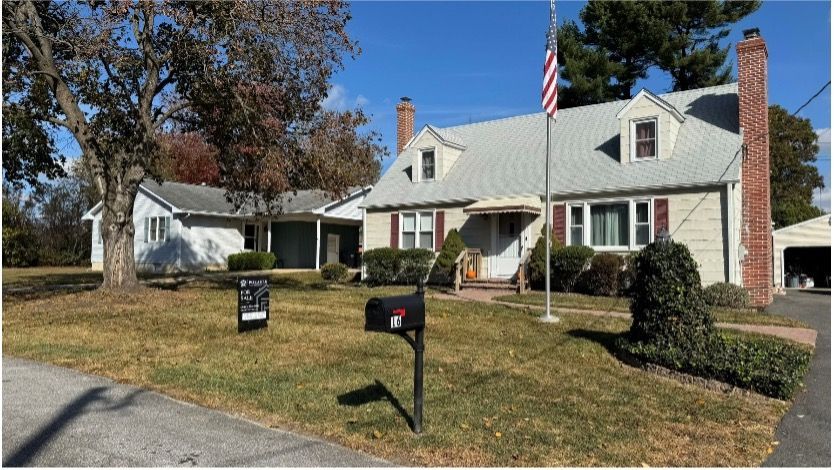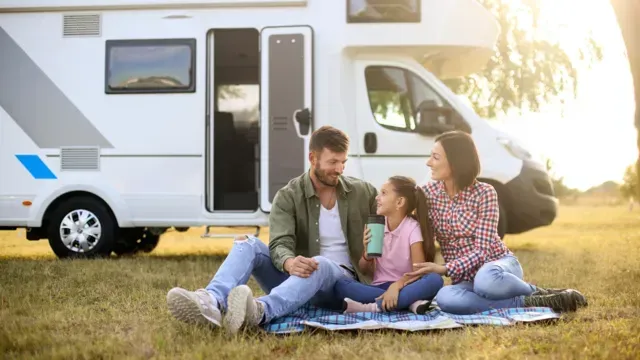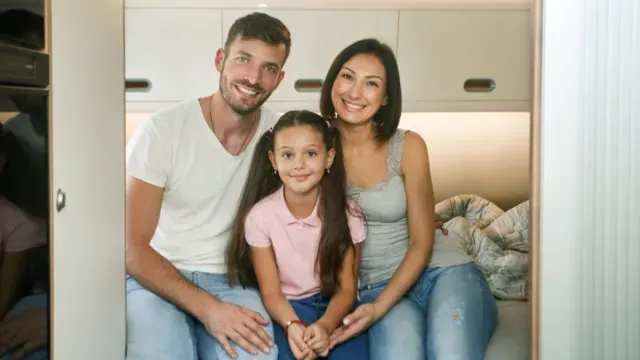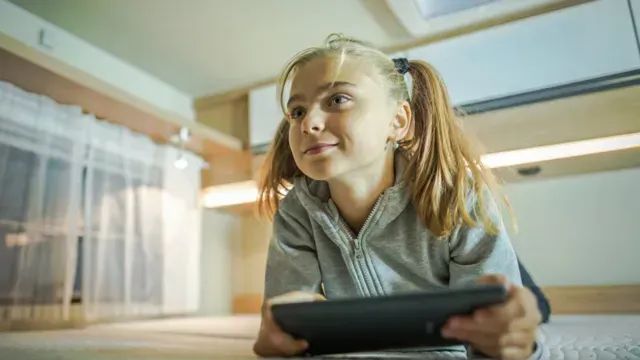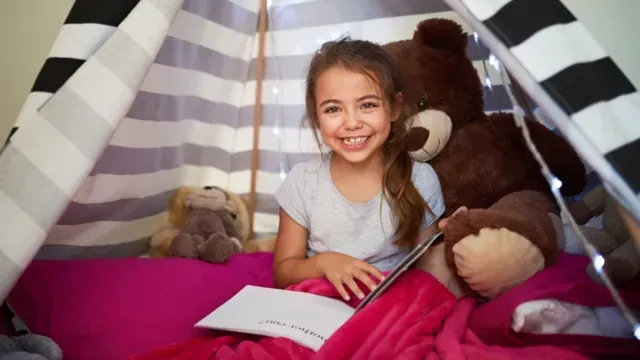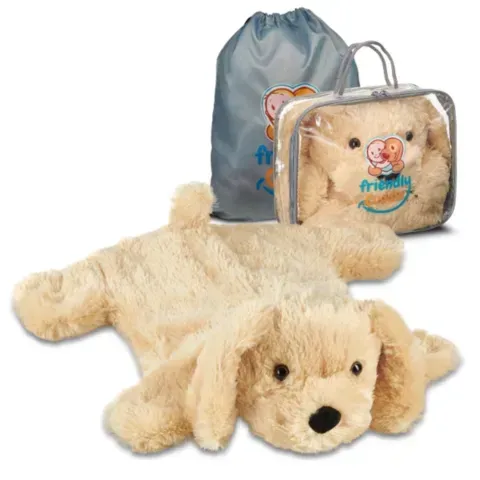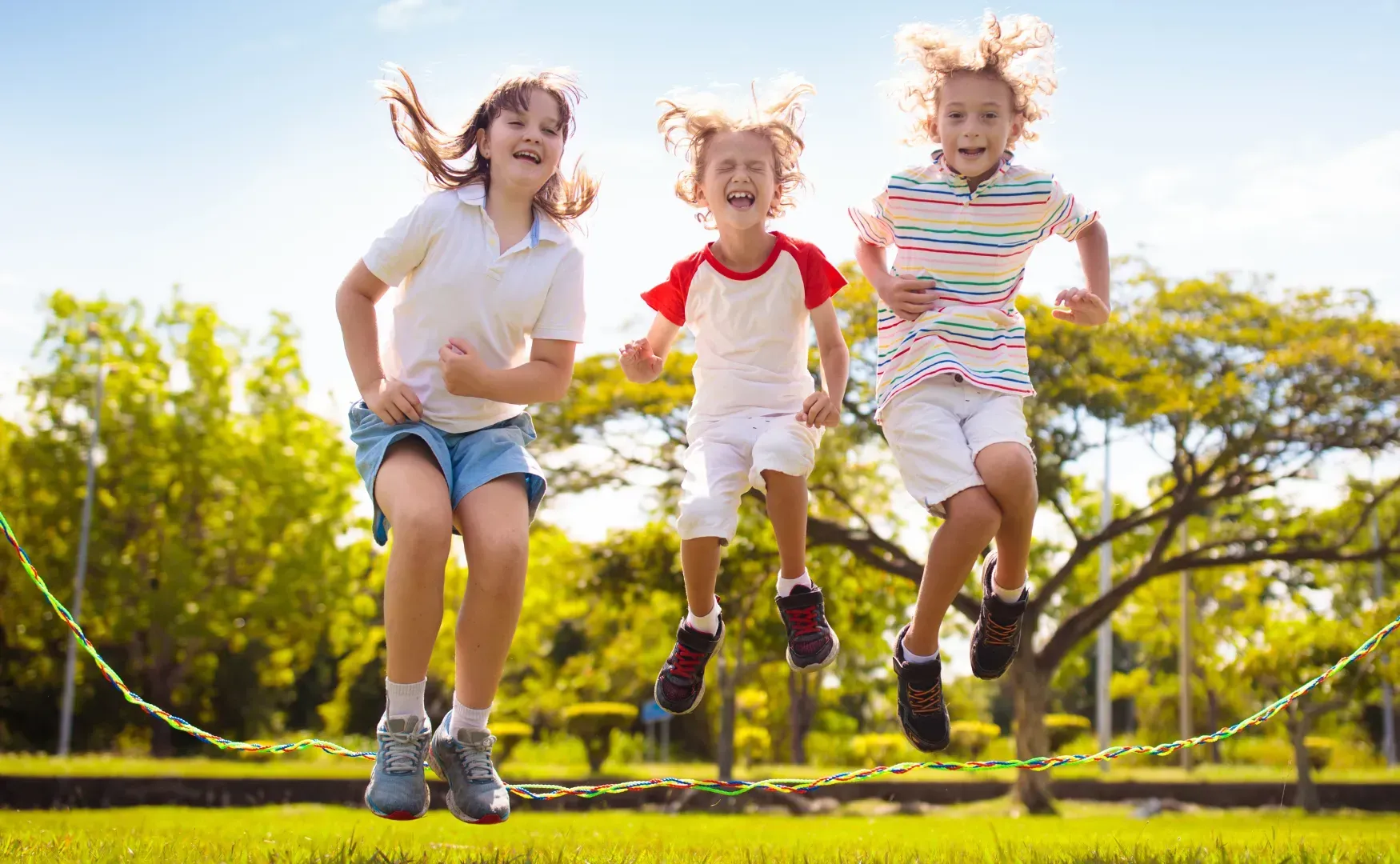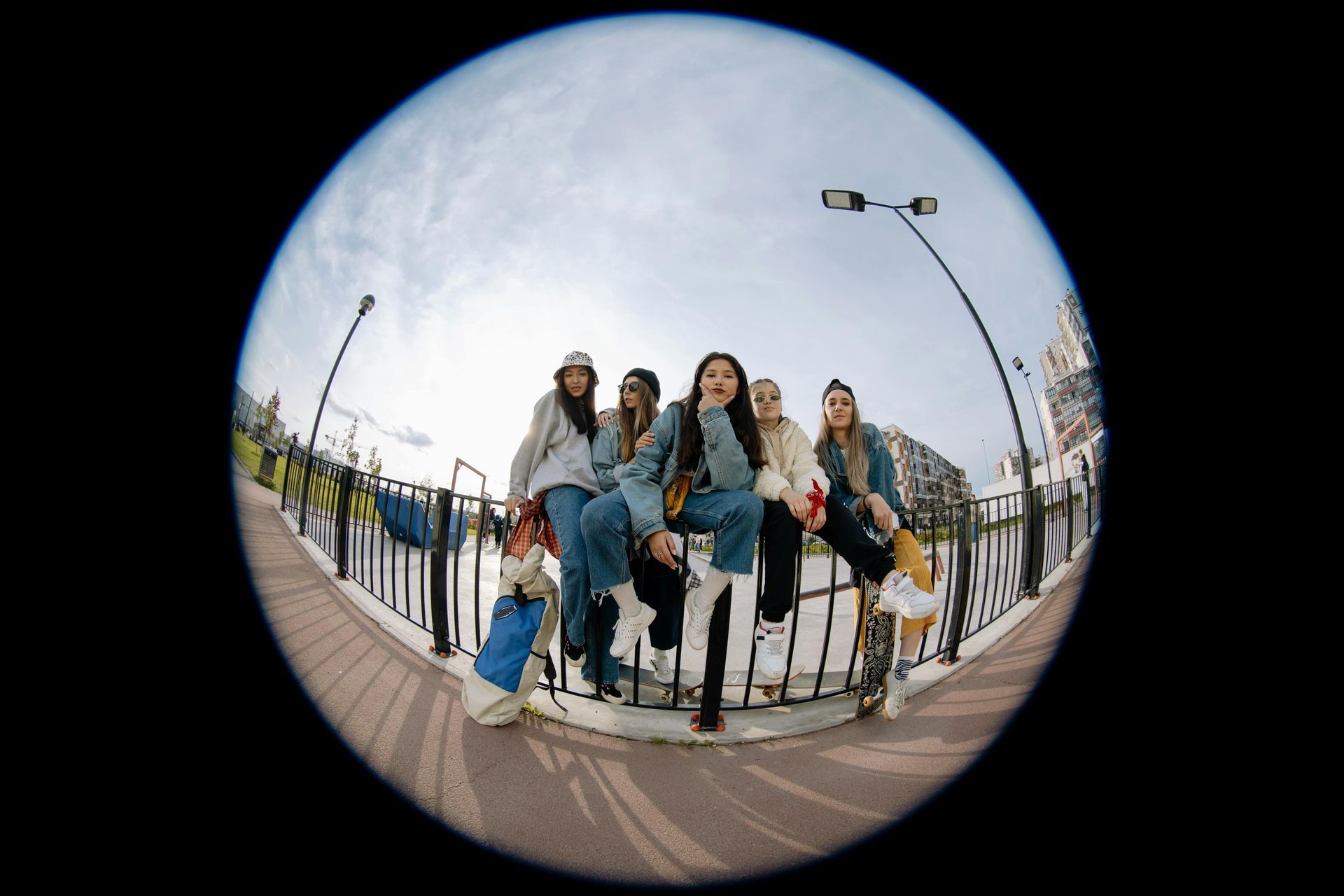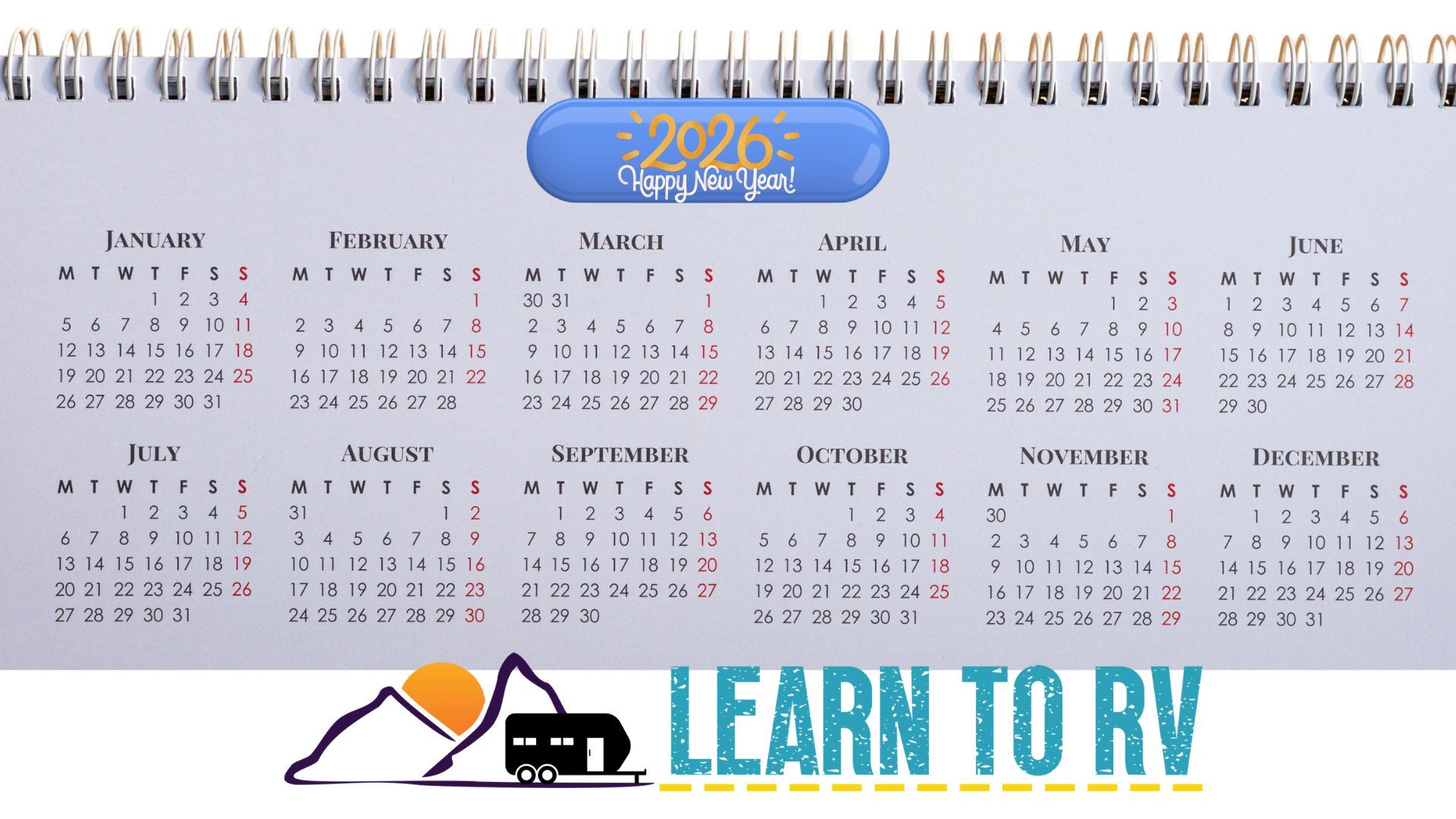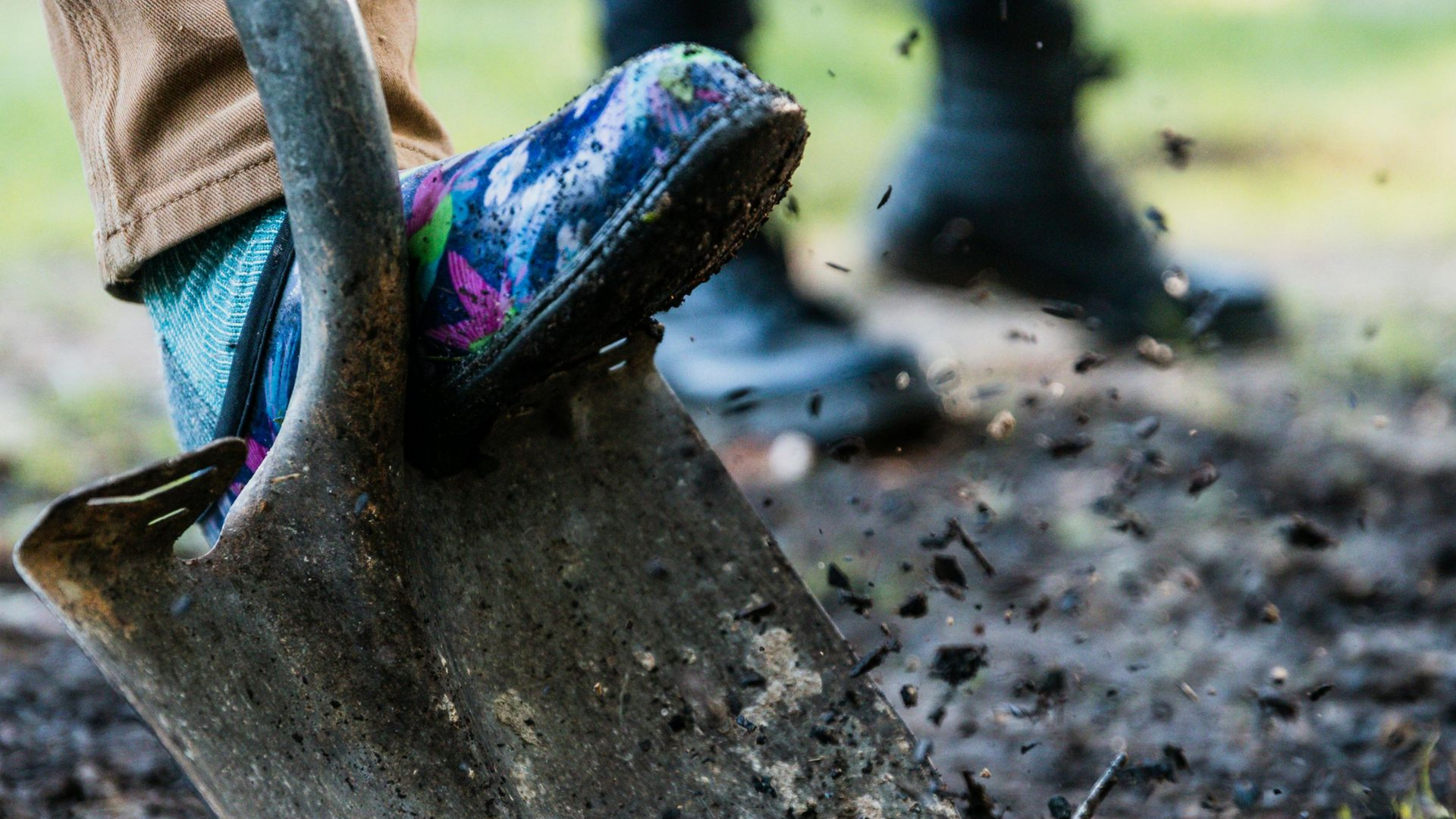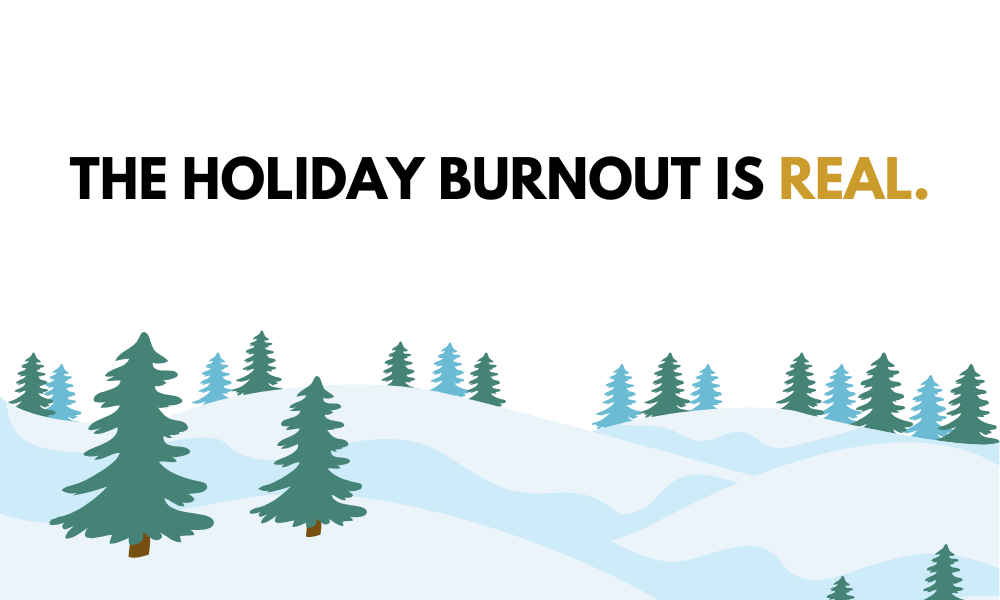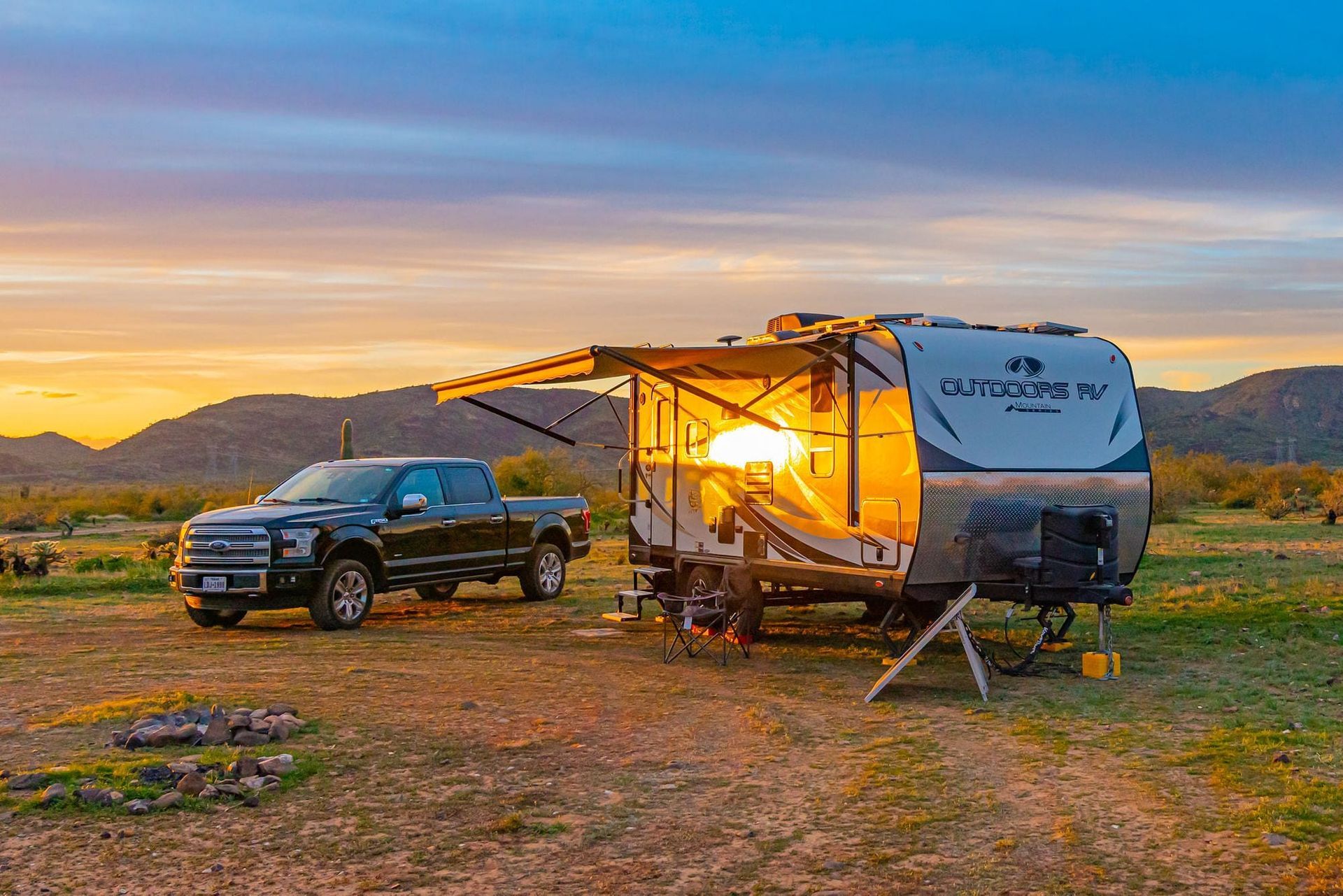Small Spaces and Small Budget Sensory Oasis
Shelley Dostie • August 18, 2025
Creating a Sensory Spaces in Compact Homes: RV's and Tiny House's
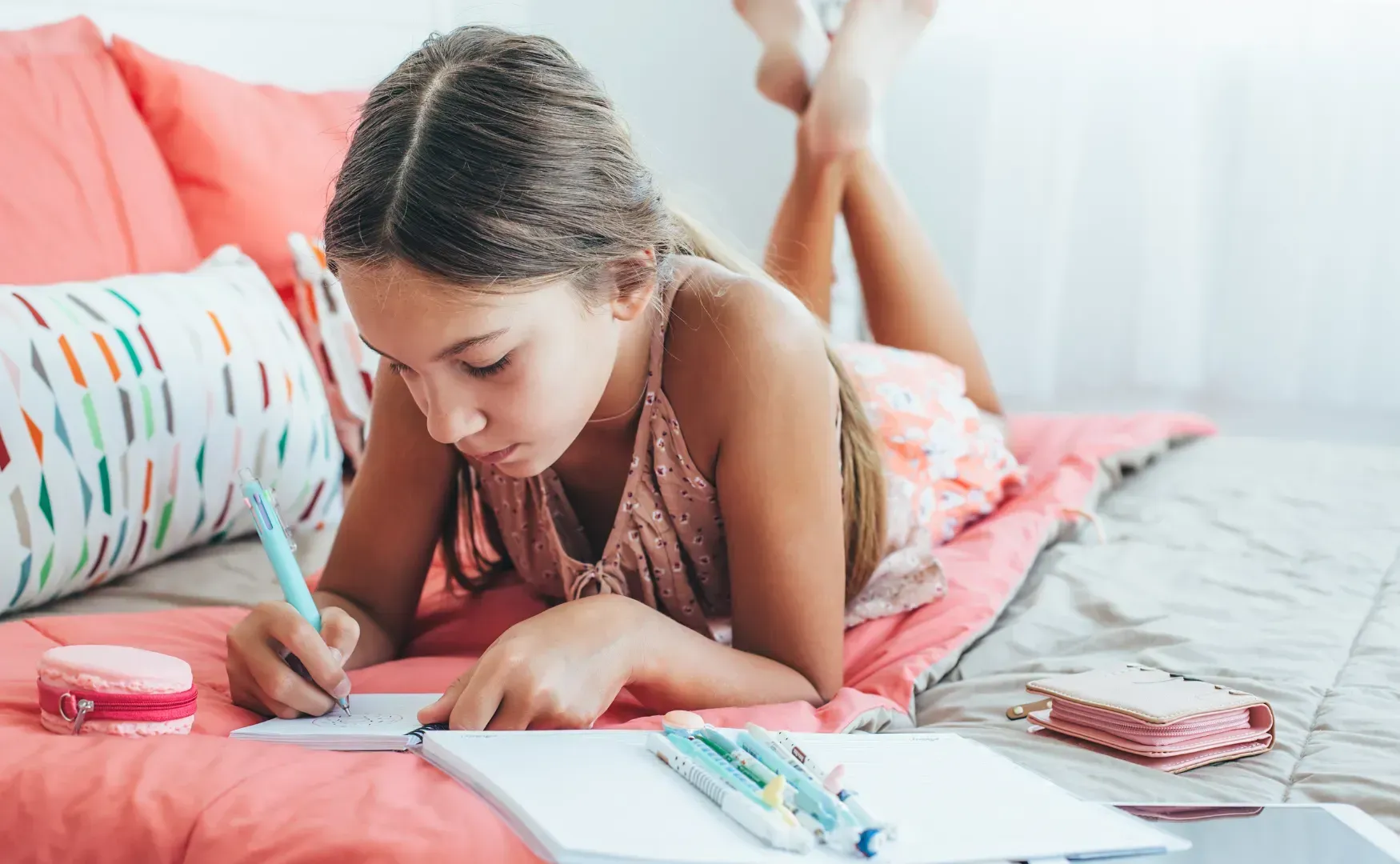
Living full-time in a small space like an RV or a tiny home means every inch matters. However, you still want to provide the best opportunities for your child to thrive! You can still build a calming sensory nook using items that are small, portable, easy to store, and very affordable. Small RV spaces can amplify sensory overload. For a child (or even an adult) that falls within a neurodiverse spectrum, the constant transitions of the RV lifestyle can be very overwhelming! A calming nook helps manage stress during travel, harsh weather, or busy campgrounds. Portability is key: everything tucks away when rolling or in motion.
Choose a Flexible Spot
Put on your investigative glasses when you look at your tiny home! Is there any space that can do "double purpose use"? Pick a corner in your home , a fold-down bench area, or even the space under a bunk, anything that can toggle between normal use and sensory zone. Consider using a curtain or collapsible privacy screen to define the nook.
Keep it mobile: Use baskets or crates for easy access/set-up.
Rotate items: Change textures and tools weekly to refresh stimulation without clutter.
Use timers: Limit use to calm-down sessions—keeps energy usage in check.
Maintain order: Keep things tidy; visual clutter can be overstimulating in small spaces.
Cozy, Portable Seating
Bean bag or floor cushion: Lightweight, comfy, and easy to store behind a seat.
DIY body pillow crash pad: Fill a standard pillowcase with old t-shirts or foam-offs for cushioning. Store your winter clothes or "extras" in the pillow case! Crash Pad when needed by your child, stealth storage for you!
Inflatable seat or exercise ball: Provides movement input and deflates when not needed. Partially inflated beach balls make for an amazing move and sit cushion! You can even buy those at Dollar Tree!

Visual Soothers
Mini LED string lights or globe fairy lights can be hung along the wall or shelf edge, put on a timer or app to limit power.
Star projector: Compact, battery-powered, and great for ambient calming light.
DIY sensory wall panel: Mount corkboard or foam board wrapped in fabric, add Velcro-attached textures like faux fur, bubble wrap, or tactile shapes—when stored, just unplug and slip behind cushions.

Tactile Sensory Items
Fidget combo kit: Stress balls, silicone pop-its, or hand rollers fit easily in a small bin. Dollar Tree has so many excellent products for fidgets and sensory bins that you could pass on to another family without hurting your budget, and buy a few more at your next destination!
DIY sensory bottles: Use travel-size plastic bottles, fill with water + glitter + oil, seal tightly.
Therapy putty: Comes in little containers, squishes easily and helps regulation..

Sound & Smell
Quiet white-noise machine or small Bluetooth speaker for nature/ambient tracks. No need for an extra machine if you don't have space! There are a plethora of FREE apps now for all things White Noise.
DIY calm-down cards or printable visuals (e.g. breathing guides, emotion wheels): attach to magnetic board or tuck in a folder.
Aroma sachet: Essential oils, small calming scent pouch (lavender or chamomile) tucked in a drawer or cushion cover. Always use caution with aromas and essential oils to make sure they are safe for children and pets.
Noise Cancelling Headphones or LOOPS: Blue Tooth Noise canceling headphones can serve 2 purposes! Connect to computer/TV/tablet for school work AND be used to block out excess noise without being connected to any device. For super small but powerful noise cancelling earplugs, we love the LOOP brand!
Movement & Pressure
Exercise band or mini-band: Double as calming resistance tool.
Weighted lap pad: Make one by filling a pillowcase with dried beans or rice; easy to squeeze and stow.
Snug blanket: Keep a small soft throw on hand for a calming deep-pressure cover. Purchase an inexpensive piece of Lycra (about 3 yards) to use as burrito wrap, tunnel or make shift body sock.
Therapy Ball or partially inflated beach ball for a move & sit cushion
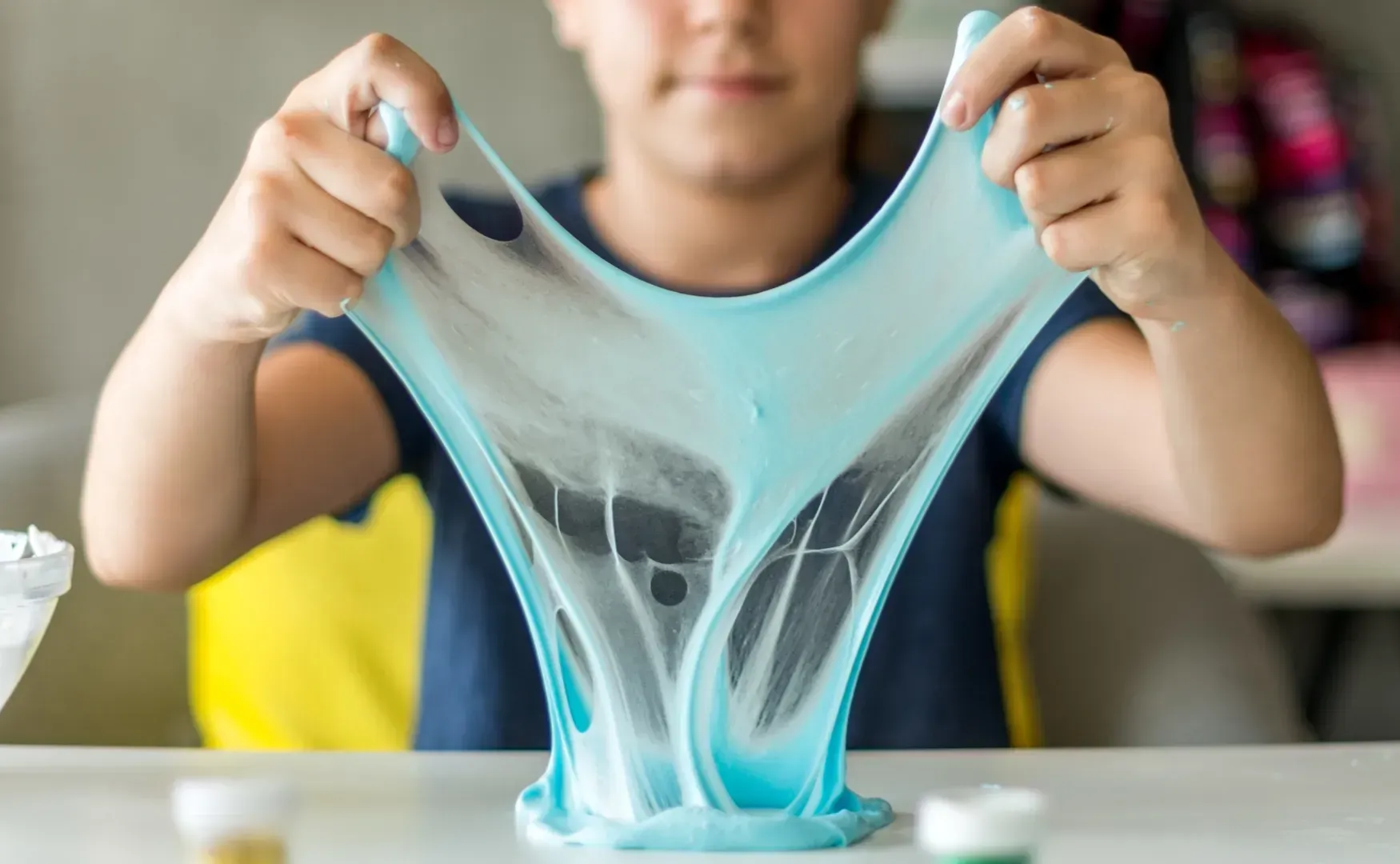
DIY & Budget Tips
Dollar-store treasure hunt: Search for shaker eggs, stretchy toys, gel stickers.
Upcycled fabric/textures: Use scraps to sew simple tactile patches or pillowcases.
Travel amenity repurpose: Reuse hotel bath gel for sensory bottles or felt as a texture panel liner.
Under-seat boxes: Store sensory items in shallow bins that slide under dinette benches.
Repurpose what you have: Use storage bags for sensory kits or travel cubes for toy rotation.
Create kits: Pack small themed sensory bags for different needs (calm-down, movement, texture, etc.).
Setting Up & Managing Your Sensory Tools: Rotate tools weekly to reduce clutter and maintain novelty.
Keep a sensory bin under a seat or in an overhead compartment. Use timers or routine cards to guide sensory breaks or transitions.
Tidy-up tricks: Label items with Velcro tags or color-coded pouches for easy cleanup.
Outdoor Sensory Spaces
When RV living limits indoor space, the outdoors becomes your best tool for sensory regulation and play.
Portable Outdoor Equipment
Hammocks: Lightweight camping hammocks are easy to hang between trees or on portable stands. Great for vestibular input and calming.
Hanging sensory pod swings: Many are inflatable and can attach to swing stands or trees—store easily when deflated.
Pop-up tents or teepees: Create cozy outdoor “caves” for quiet time—especially helpful in busy campgrounds.
Portable obstacle courses: Use cones, stepping stones, or chalk to create fun gross motor paths right at your site.
Finding Sensory-Friendly Outdoor Play
All-Abilities Playgrounds: Use apps like Playground Buddy or search “inclusive playgrounds near me” to find accessible, sensory-friendly parks.
Campground Extras: Many family-friendly campgrounds (like KOAs) offer jumping pads, game areas, or splash zones which are great for sensory seekers.
Sensory Gyms on the Road: Look for open-gym times at:
- We Rock the Spectrum locations (nationwide sensory gyms)
- Local YMCA or community centers
- Therapy centers that offer drop-in visits (check ahead for availability)
- Facebook parenting groups or travel families for hidden gems
Why It Matters in an RV or Tiny Home
Sensory overload can hit fast when you live in a small, moving space. Whether your child is neurodivergent or just needs calming and structure, having a sensory plan is a game-changer. Outdoor space gives you room to breathe; tiny tools keep routines possible indoors.
Want Personalized Help?
If you’re navigating sensory needs on the road, I help homeschool and RV families create compact, customized sensory systems that fit their child’s unique needs and your travel lifestyle. Coaching includes routines, tool recommendations, and mobile-friendly strategies for life on the go.
Other blogs you might like...
